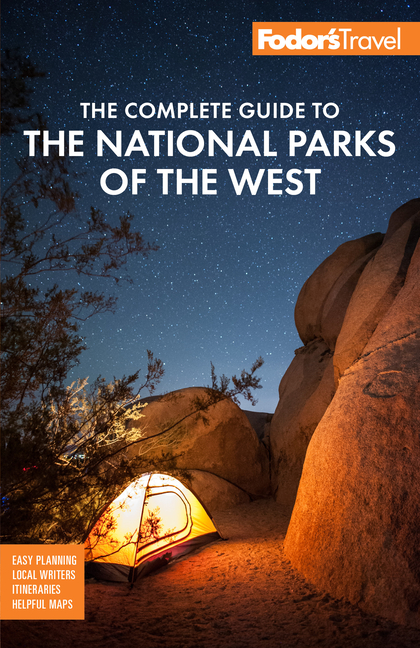Plants and Wildlife in Banff
Awesome forces of nature combined to thrust wildly folded sedimentary and metamorphic rock up into ragged peaks and high cliffs. Add glaciers and snowfields to the lofty peaks, carpet the valleys with forests, mix in a generous helping of small and large mammals, wildflowers, rivers, and crystal-clear lakes, and you've got the recipe for Banff National Park.
Complex Life Zones
This diverse topography has resulted in three complex life zones in Banff: montane, subalpine, and alpine. Each zone has characteristic physical environments along with its own species of plants and animals. The montane zone features valleys and grasslands as well as alders, willows, birches, and cottonwoods. The Douglas firs and lodgepole pines that cover the lower slopes of the mountains are also in the montane zone. Subalpine forest extends from the montane to about 6,500 feet and is made up of mostly spruce and pine trees. The fragile alpine zone is found at the highest elevations. The rocky terrain and cold, howling winds mean far fewer plants and animals can survive there.
Where the Wild Things Are
Most of the wildlife is found in the montane zone, where bighorn sheep, deer, elk, and caribou abound. Moose and mountain goats can also be seen, as well as the occasional black bear. Other park animals include grizzly bears, wolves, coyotes, and cougars, as well as smaller mammals such as squirrels, marmots, muskrats, porcupines, and beavers. Birds commonly spotted are grouse, larks, finches, ptarmigans, bald eagles, golden eagles, loons, and Canada geese.




